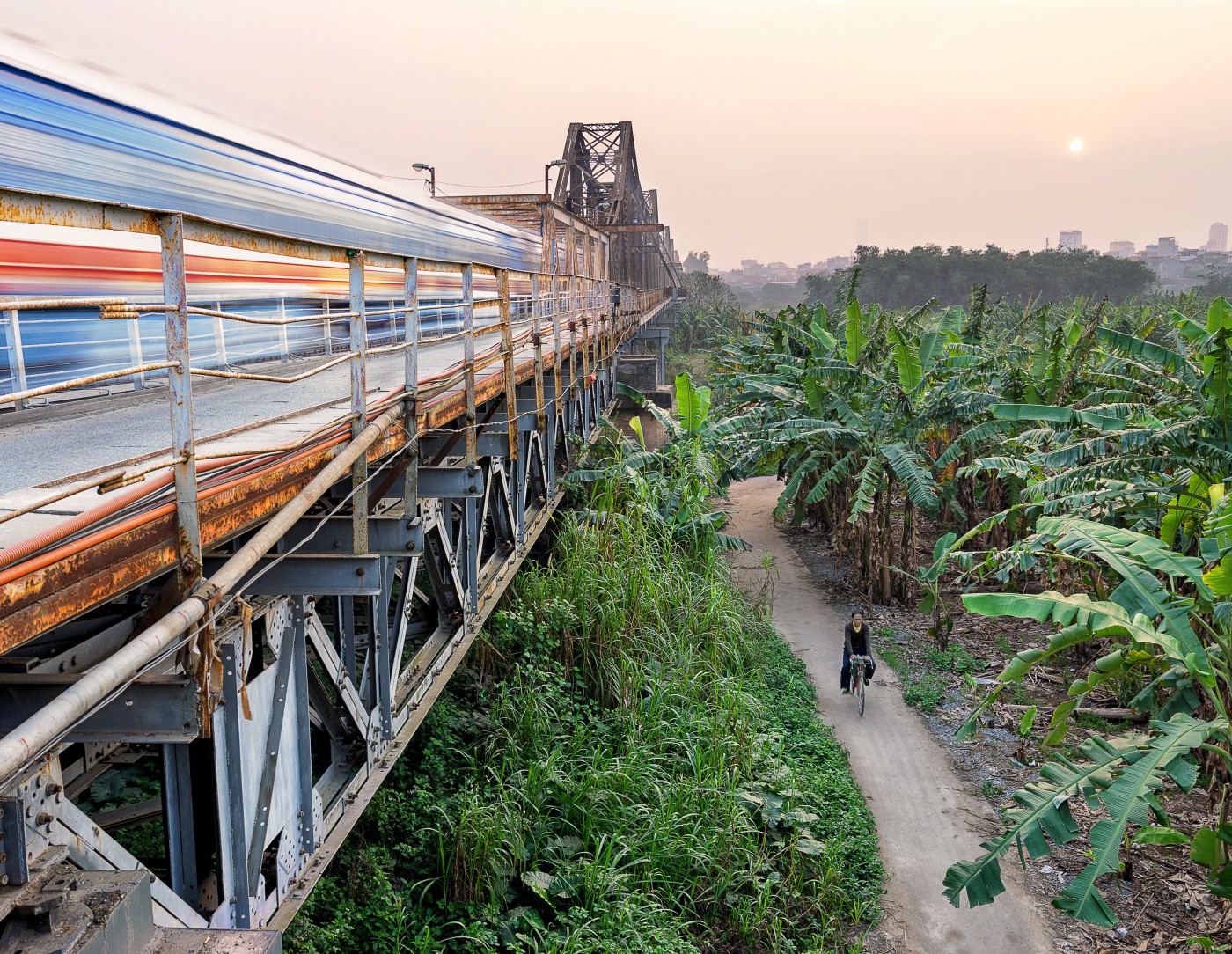Related

Working Paper
/ Jul 05,2018
The New Urban Peripheries, 1990-2014
Selected Findings from a Global Sample of Cities
by
Shlomo (Solly) Angel, Alejandro Blei, Patrick Lamson-Hall, Nicolás Galarza

Apr 26,2017

In this paper, we examine the relationship between density and organized violence. Security for most of human history has been one of the determinant factors for city development and growth; this remains true today. What is new, and the focus of this paper, is that the prevalence of organized violence increases the density of adjacent areas. Throughout history, those fleeing organized violence have sought refuge in cities or neighboring towns that provided “pockets of safety” or a measure of “relative security.” We first observed this phenomenon in Colombia when we found that after decades of organized conflict between guerilla groups and the Colombian national government, its cities were denser than neighboring cities. Drawing on data from the Uppsala Conflict Data Program, we found that in a representative sample of 200 global cities, cities with frequent organized violence were significantly denser as well. We conclude that organized violence creates an invisible wall that contains the outward expansion of cities adjacent to organized conflict.
Please fill out the information below to receive our e-newsletter(s).
*Indicates required.